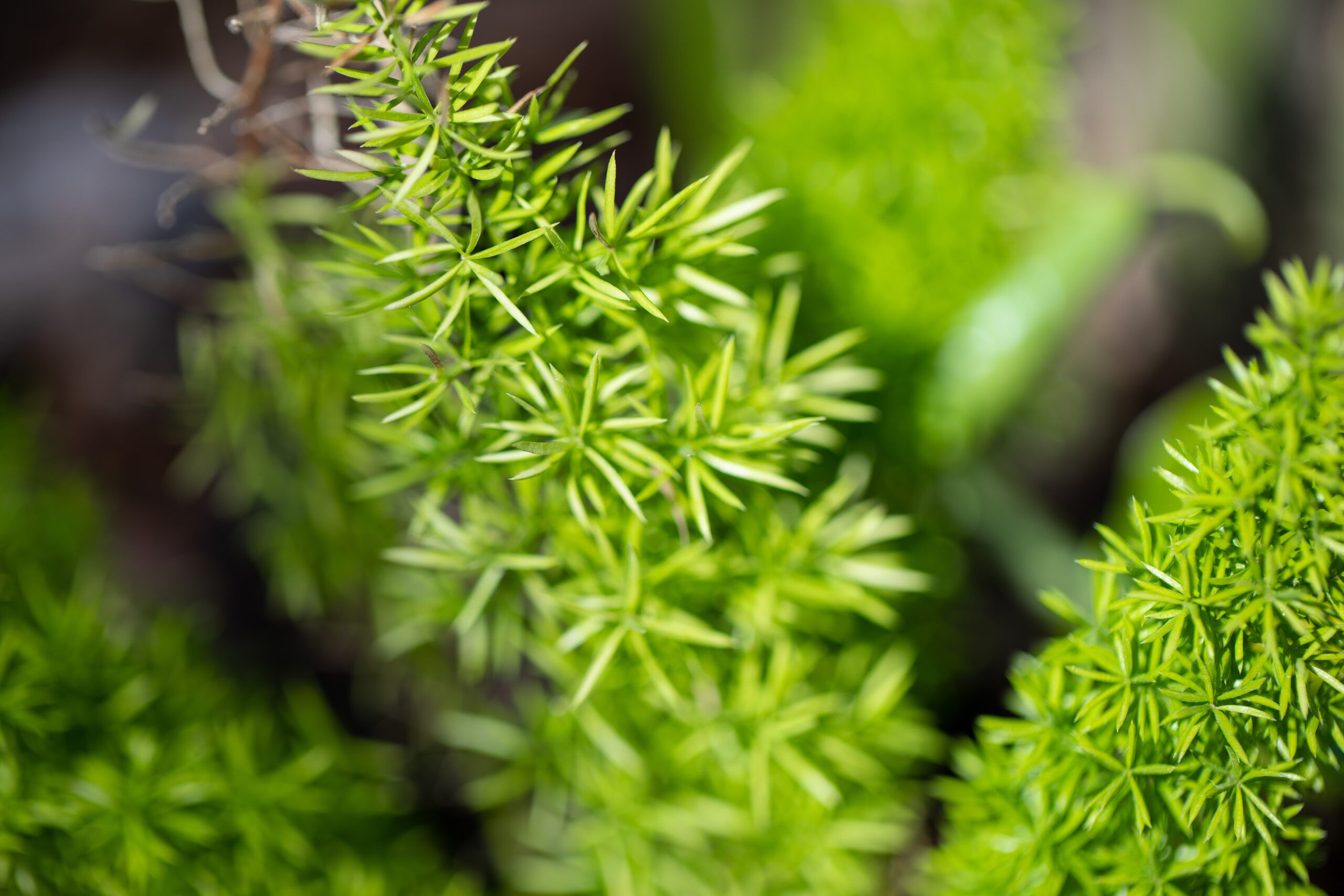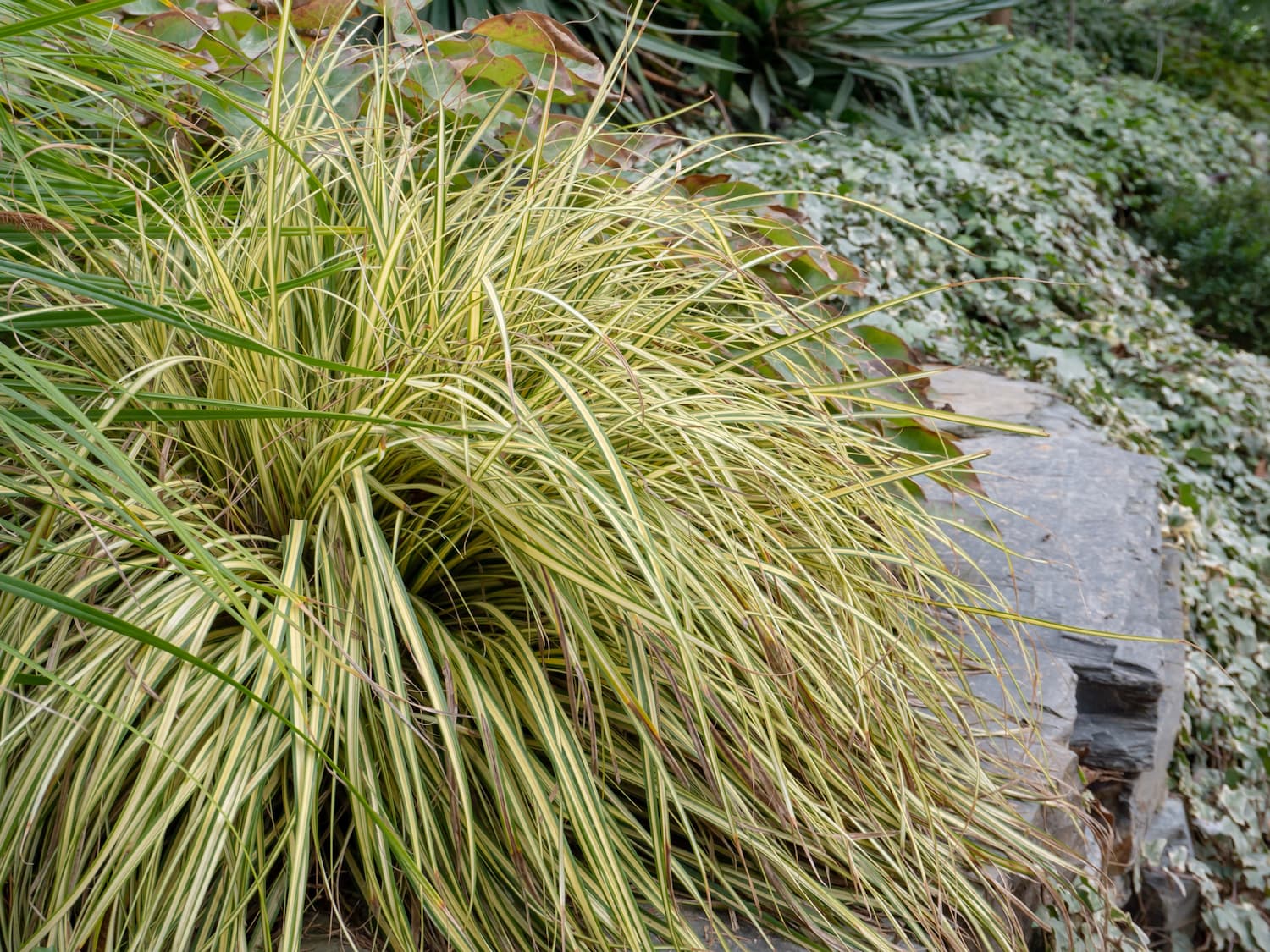In recent years, gardeners have discovered sedges as a tough, evergreen perennial option for many…
A Guide to Growing and Caring For a Foxtail Fern

The Perfect Environment for Foxtail Ferns
Most homeowners approach summer in Texas with decidedly mixed feelings: the thought of constant heat and blasting sun saps the energy and enthusiasm of many gardeners before summer ever sets in. However, with even a small area of shade or filtered light, good soil, and a convenient water source, it’s easy to establish a cool glade of ferns that will be a welcome oasis on the hottest of days. North Haven Gardens is here to provide the knowledge you need to turn your home into an oasis during the summer!
The Appearance and Appeal of Foxtail Ferns
Ferns come in many beautiful shades of green and in a wide range of arching, elegant foliage textures, with many that can take our tough growing conditions. The toughest of these is the Japanese holly fern, which has thick, deeply toothed fronds and a naturally glossy emerald green color. These can grow to 2’-3’ tall and wide and make a good taller backdrop for smaller shade-loving plants. Similar in size, ‘Autumn Brilliance’ ferns have softer, lacier foliage that resembles a lovely cinnamon tone as the fronds age.
Different Types of Ferns
One of the all-time most popular “ferns” is the asparagus fern, which actually is in the asparagus (not fern) family. The long (to 2.5’) drooping fronds are made up of hundreds of thread-like leaves with a lush, airy texture that’s ideal, cascading from pots or in hanging baskets. Another popular variety of asparagus fern is the ‘Myers’ foxtail fern, which has the same airy foliage as an asparagus fern, but denser and with a unique, eye-catching upright (that than cascading) growth habit. In our next blog, we’ll look at the many ways foxtail ferns can be used in containers and flower beds, as well as best practices for growing and maintaining these and many other ferns.


